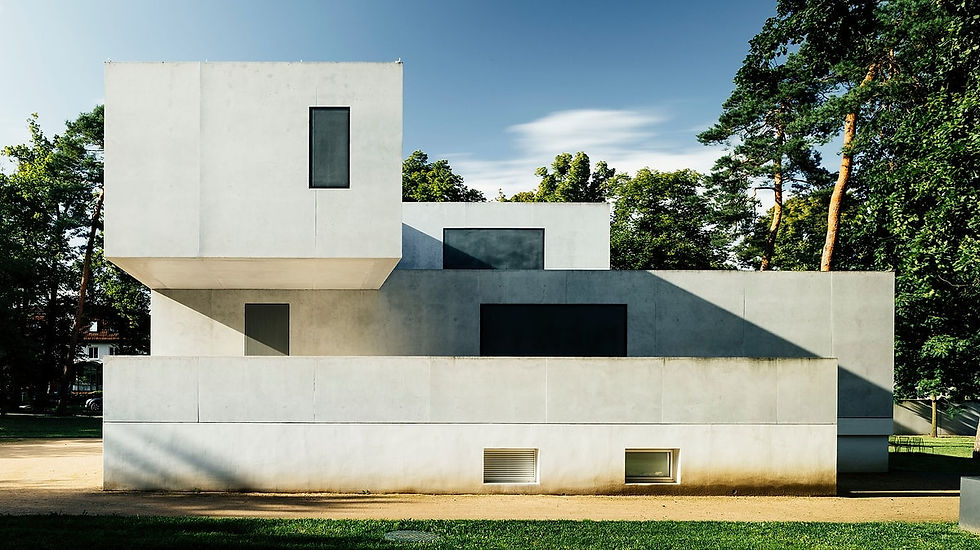Bauhaus: The Basics of Modern Design
- eldoradogalata
- Oct 20, 2024
- 2 min read
The Bauhaus movement is considered one of the most influential and innovative design movements of the 20th century. Founded in Weimar, Germany in 1919, the Bauhaus has gone down in history as a school that combined art, craftsmanship, and architecture.

Bauhaus Exodus
The Bauhaus school emerged in Germany after World War I, during a period of social and economic change. By founding the school, Walter Gropius aimed to create designs suitable for industrial production by combining art and craft. The Bauhaus aimed to increase the contribution of art to society and make design accessible to all.

Features of the Bauhaus School
Function: In Bauhaus design, function, not beauty, comes first. Designs are evaluated in terms of utility and practicality.
Simplicity: Simple, clear shapes are one of the basic principles of the Bauhaus school. Avoid excessive decoration, and work with shapes.
And the primary colors.

Material Sensitivity: Designs are created using the natural properties of different materials. Materials such as metal, glass, and concrete are often preferred.
Modular Design: The Bauhaus adopted a modular design approach and aimed to put parts together to form a functional whole.
Social Influence: The Bauhaus school emphasized the importance of design in a social and cultural context. Designs are developed to meet the needs of society.
Bauhaus in Architecture: The Bauhaus influence in architecture played a major role in shaping modern architecture. Bauhaus architecture, created by Gropius, is known for elements such as clean lines, open spaces, and the use of natural light. Some notable Bauhaus buildings:
Bauhaus School: This building, built in Weimar, has become a symbol of the Bauhaus movement. It is characterized by its flat roofs, large windows, and open-plan design.
Fagus Factory: Designed by Gropius and Adolf Meyer, this building is an important example of modern industrial architecture with its glass facade.

Bauhaus Style: Bauhaus architecture, with its simple and functional designs, formed the cornerstone of the international style.
Bauhaus in decoration
The Bauhaus revolutionized not only architecture but also interior design and decoration. Designers applied the Bauhaus principles
In furniture, textiles and graphic design. Highlights:
Functional furniture: The Bauhaus is famous for furniture designs that prioritize function. Marcel Breuer's famous Wassily chair is an example of this understanding.

Use of color and shape: Vibrant colors and geometric shapes are characteristic elements of Bauhaus decoration. This style adds a dynamic atmosphere to spaces.
Industrial production: Bauhaus laid the foundations for the concept of modern decoration by developing designs suitable for mass production.
The Bauhaus is a movement that has left a lasting impact on the world of art and design. With its principles of functionality, simplicity, and material sensitivity, it formed the cornerstone of modernism in both architecture and interior design. Today, the Bauhaus principles are still valid and a source of inspiration in all areas of design. For this reason, the Bauhaus is not just a design movement, but also an important turning point in shaping modern life.







Comments